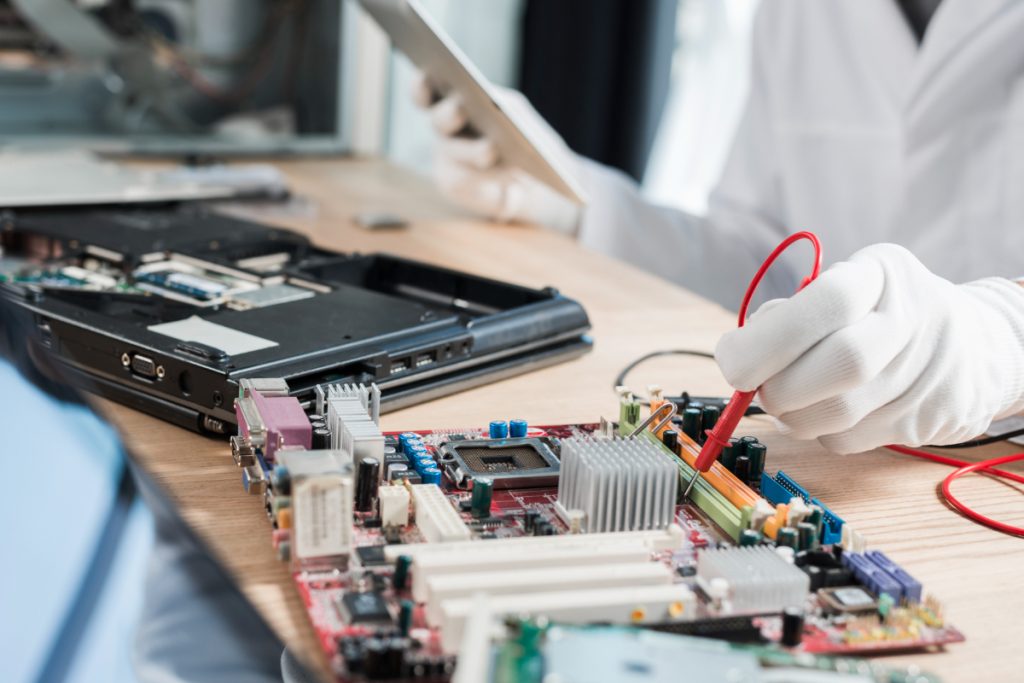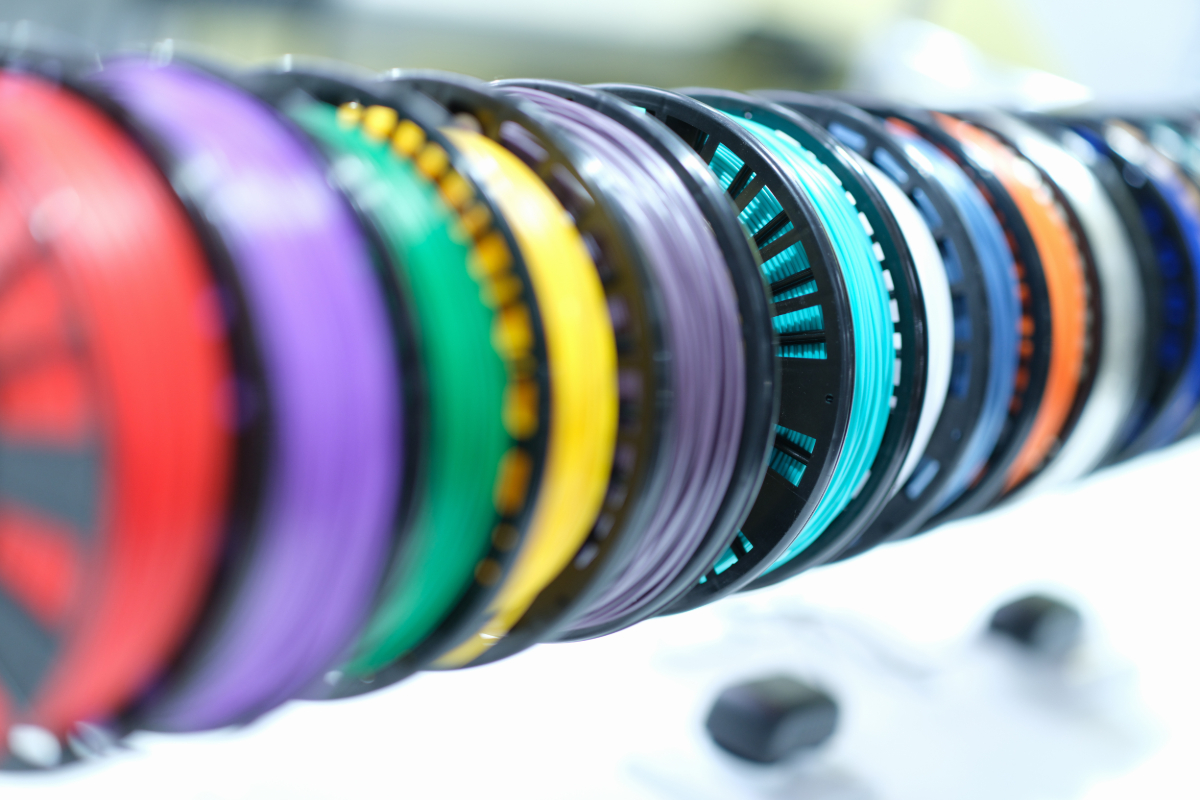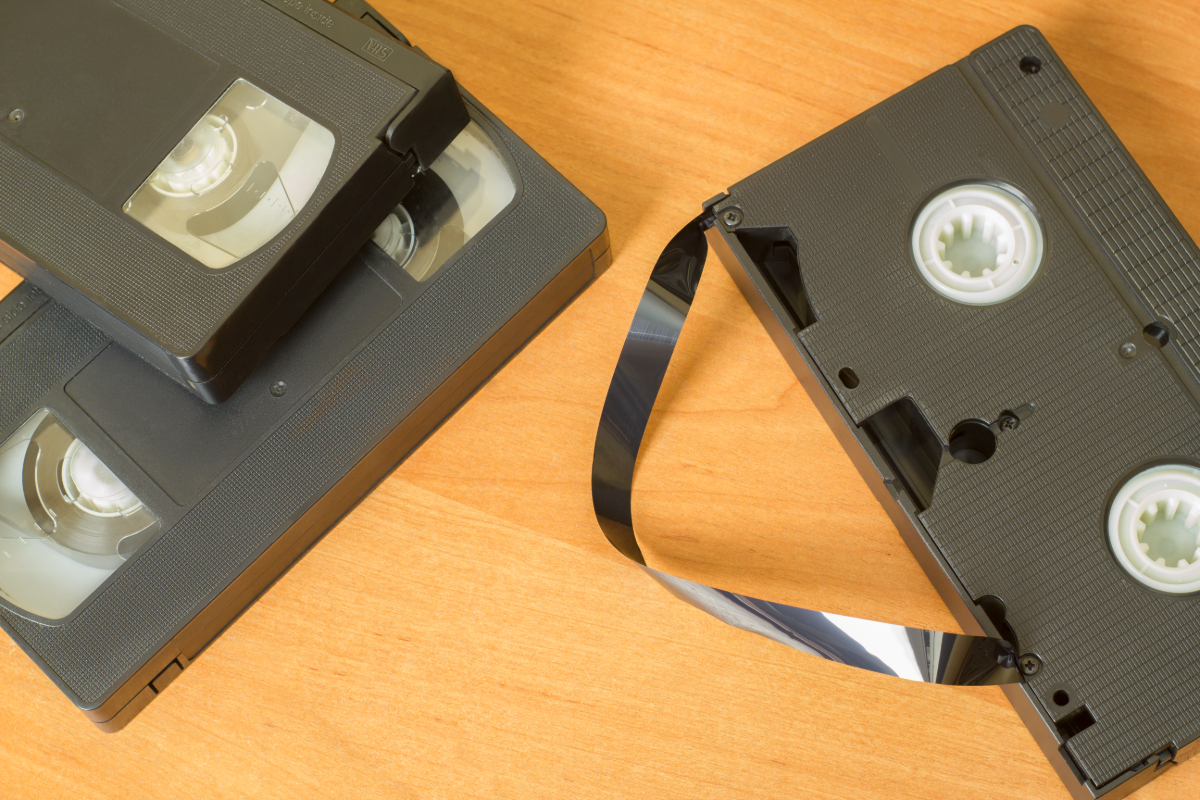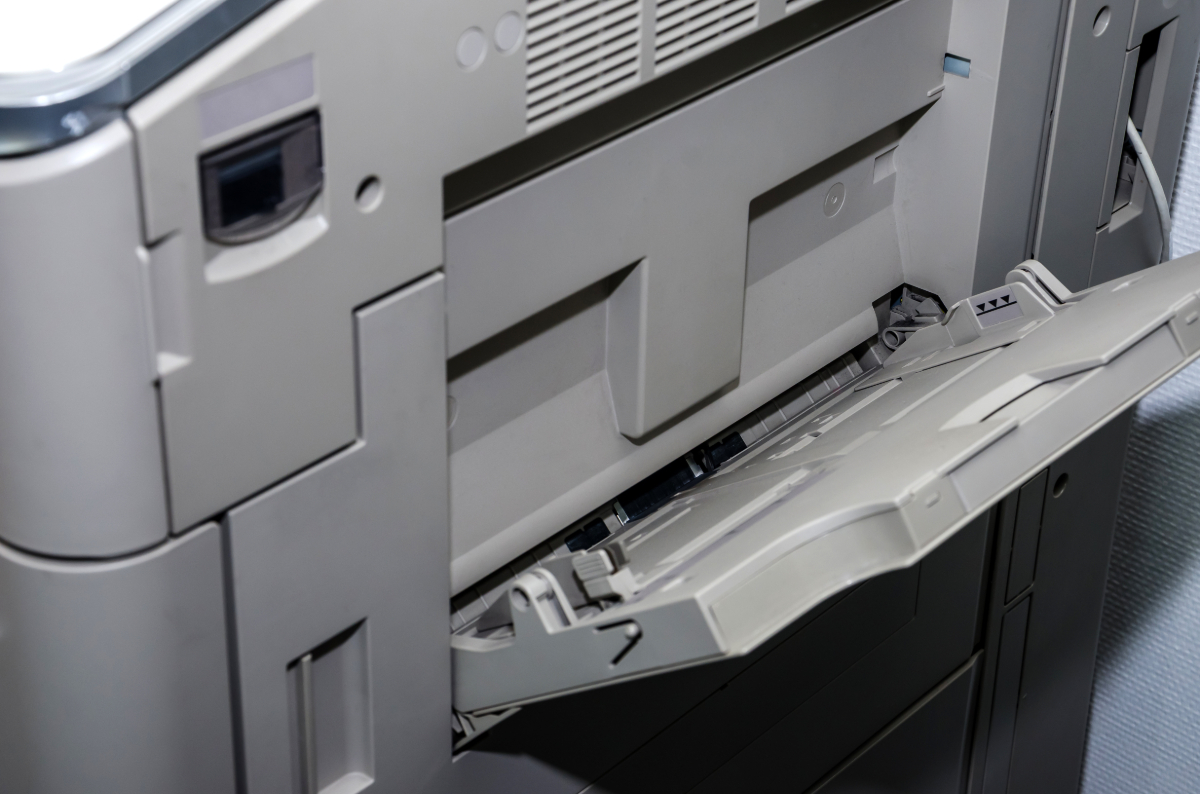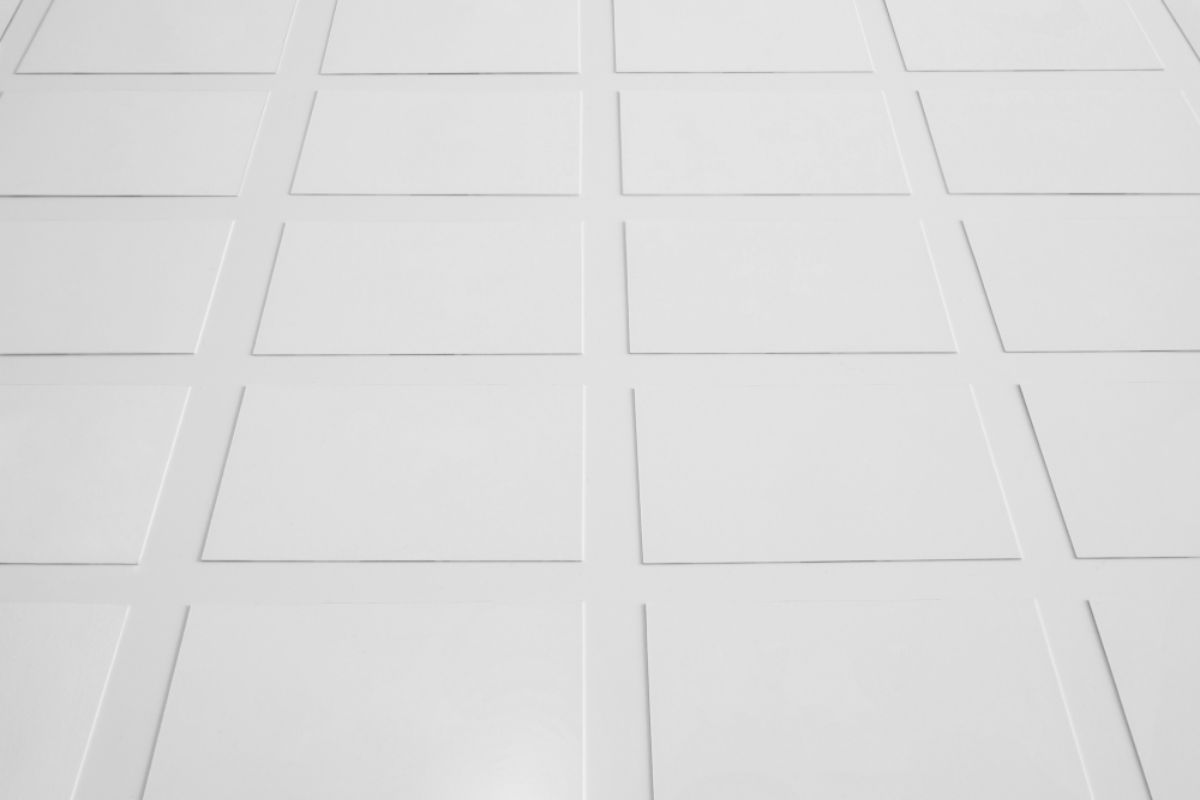What plastics are used for electronic enclosures?
- ABS (Acrylonitrile Butadiene Styrene)
- PC (Polycarbonate)
- PC and ABS Blend (Polycarbonate + Acrylonitrile Butadiene Styrene)
- PPO (Polyphenylene Oxide)
- Polyphenylene Ether (PPE)
- PBT (Polybutylene Terephthalate)
- PA (Polyamide)
- PMMA (Polymethyl Methacrylate, Plexiglas)
- SEBS (Styrene Ethylene Butadiene Styrene)
- Acrylic
When designing your plastic electronic enclosures, one of the most important parts to consider is what resins you’ll be using. You have to think of what properties and resistances you want your enclosure to have, and which plastic will be able to fulfill these requirements. This is critical to protecting the delicate electronics they’re housing.
With so many things to consider, you might be wondering where to begin. While there are a plethora of plastics you can use, we’ve narrowed it down for you. Here are a few of the common plastics used for electronic enclosures, as well as their pros and cons, to help you with your search.
ABS (Acrylonitrile Butadiene Styrene)
ABS is a polymer blend that is a popular choice for electronic enclosures. The benefit of using this kind is that it provides good, all-around performance. It has excellent impact resistance and electrical resistance, flexibility, and the ability to withstand several chemicals. Additionally, it can easily combine with numerous other plastics to enhance its capabilities.
However, when compared to other plastics, ABS tends to be less strong when made with thin walls. Also, it’s not suitable for outdoor use as it loses resilience when exposed to sunlight for prolonged periods.
PC (Polycarbonate)
Polycarbonate is a thermoplastic that is popular for its toughness, stability, and transparency. In addition, it is also easily colorable, which makes it a good choice for aesthetic reasons. In electronics, it is often used to make enclosures such as light pipes and housings for both indoor and outdoor use. This is because, unlike ABS, PC has a strong resistance to UV light, and does not warp after long periods of exposure.
The downside to this material is that it is susceptible to damage when in contact with oil and alcohol-based chemicals. Additionally, this plastic contains BPA, which makes it unsuitable for some applications.
PC and ABS (Polycarbonate + Acrylonitrile Butadiene Styrene)
Can’t decide between ABS or PC? Don’t worry, you can make a polymer to combine the best of both options. A PC and ABS mix has the strength and heat resistance of PC and the flexibility of ABS. It also makes a good aesthetic choice, as the plastic can be colored or tinted easily.
PC + ABS can also receive several additives, such as flame retardants and impact modifiers. This makes it perfect for enclosures that have to be maintained regularly using cleaning agents.
PPO (Polyphenylene Oxide)
PPO is a crystalline thermoplastic that has high heat resistance. This means that it does not warp or distort despite frequent exposure to varying temperatures. As a result, it has good dimensional stability and is reasonably tough — though harder and more rigid than other options.
Aside from that, it has good water, heat, and electrical resistance. These qualities make it suitable for housings that come into contact with water, or for electronics that can heat up easily. One example of this is TV housings. The disadvantages are that this plastic is unable to be melt processed and is weak against oxidation and UV light.
Polyphenylene Ether (PPE)
Made from PS and PPO, this blend has enhanced mechanical, electrical, and thermal properties. As a result, it is good for electronics that need sturdy and resistant housings, such as relays or transformers. Furthermore, it has very good resistance to most chemicals and does not easily melt or corrode.
However, it does have one weakness — UV light. Overexposure to UV can cause fading and color changes. Thus, it is suited for indoor enclosures. Another thing to note is that PPE is expensive, meaning it isn’t the best choice for certain products.
PBT (Polybutylene Terephthalate)
PBT is another thermoplastic that is commonly used for electronic enclosures. PBT has excellent durability, with tremendous electrical, physical, and chemical resistance. It can withstand a significant amount of stress, and it is a common choice for high-temperature applications.
Despite these, this thermoplastic can be somewhat tricky to work with. This is caused by its crystalline structure, which means that its shrink rate prevents the manufacturer from switching classes easily, unlike with ABS or PC plastics.
PA (Polyamide)
Polyamide is tough plastic with good wear resistance and friction resistance. This is a good choice for enclosures with moving or sliding parts or those that come into contact with rough materials.
For example, polyamide is often used for power tool housings. The disadvantage of polyamide is that it doesn’t work well in humid environments, as it can absorb moisture. Furthermore, it is easily affected by acids and alcohols, so it is not suited for enclosures that need frequent cleaning.
PMMA (Polymethyl Methacrylate, Plexiglas)
The main reason why PMMA is used for certain enclosures is that it is infrared transparent. This makes it the perfect material for applications involving scanners and remote control handsets.
Unfortunately, it is a quite brittle material and does not withstand impact or friction as well as others. Some injection molders overcome this by using PMMA in conjunction with other materials, like ABS, to make durable enclosures.
SEBS (Styrene Ethylene Butadiene Styrene)
One of the more weather-resistant materials, SEBS is known for its good chemical properties. It shields electronics from various substances, such as alcohol and cleaning agents, and does not absorb heat or water. Not only does it protect, but it also is smooth and pleasant to touch. Because of these characteristics, SEBS is usually used for handheld electronic cases. However, this plastic can be quite expensive and hard to source in certain areas.
Acrylic
Acrylic is another material you can use to make electronic enclosures, but these are used selectively. It’s one of the few fully transparent plastics, so injection molders often use it when the designer wants to avoid PC.
Another good thing about acrylic is that it easily combines with modifiers and additives, so its performance can be improved. The downside is that acrylic is naturally weak against impact, so modifiers and additives are usually needed.
Key Takeaway
Choosing the right plastic for your electronic enclosures is critical to achieving your desired product. But, the world of plastics can be complicated, and which option is ‘right’ might not be so obvious.
This is why it is also crucial to seek professional help — such as from a renowned USA plastic injection molder like Richfields. Have questions, or need advice on your plastic enclosures? We’re happy to help you take on your project. Contact us today and find out more about how we can assist you in your plastic molding needs.
